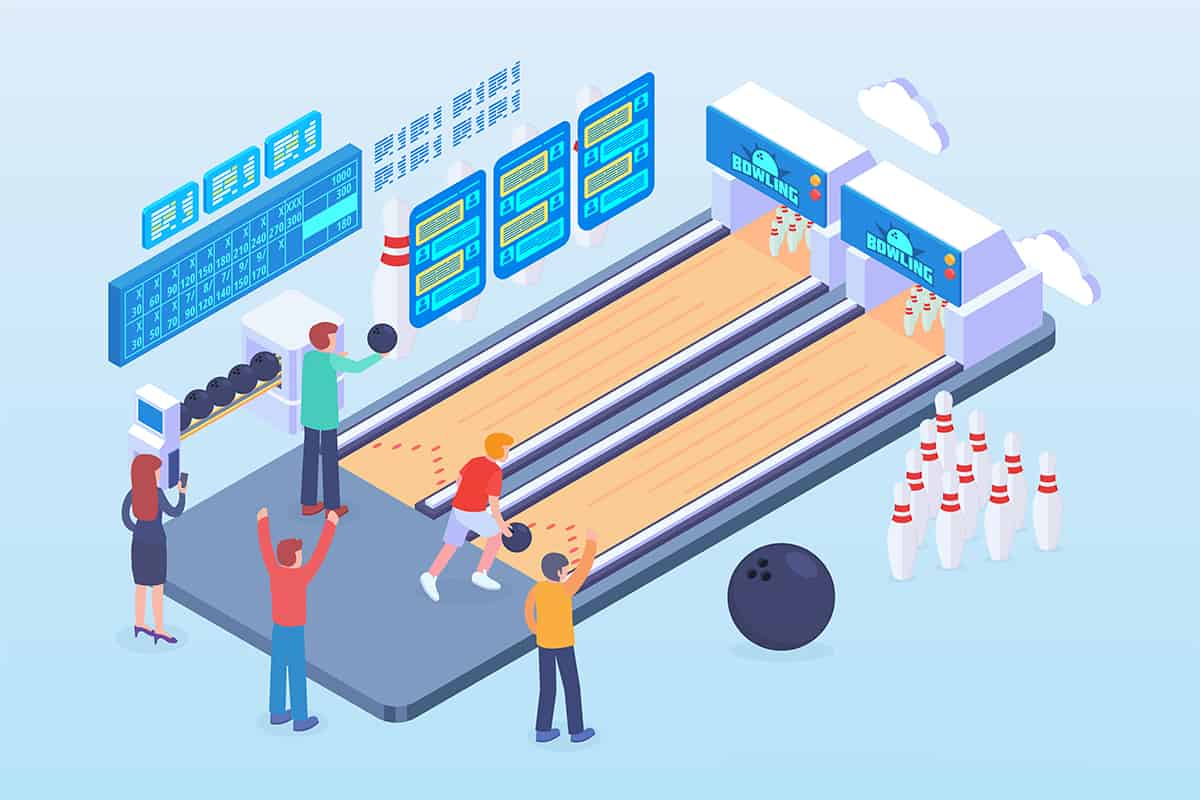- Your cart is empty
- Continue Shopping
10 Technical SEO Mistakes That Could Be Ruining Your Rankings

When it comes to bringing traffic to your website, SEO is one of the best ways. Many sites can get two-thirds of their traffic from Google and other search engines. However, for this to work, you need to be ranking high on the search engine results pages.
Studies have shown that those who are ranking in the top three results get the majority of traffic. Those not in the top three organic results receive significantly fewer visitors to their site. Yet it isn’t Google that’s restricting a brand’s ranking, it’s often simple technical SEO mistakes that can be hurting organic rankings.
Here are 10 technical mistakes you might be making that you can easily resolve.
1. No meta title
The first, and rather obvious, is the meta title for a page. Many brands ignore this. In some cases, this can be a good idea. Especially if you have a brand where the main search term to find you is your brand’s name. However, that is only for very large businesses.
Most businesses should be looking at what keywords are being used to find competitors or comparative products and inserting these into the meta title.
2. Bad meta description
Another key aspect is the meta description. Again this needs to have a keyword inserted into it at some point to clearly identify what the page is about. In addition, your meta description should be readable to a human. Industry experts have shown how a meta description can help improve click-through-rates on search results.
3. Badly optimised HTML/JavaScript/CSS coding
The speed of your website can make a significant difference to your website’s performance. Every second it takes for your site to load will lose you 7% of your revenue. At the same time, poor loading times will result in lower ranks on Google.
One aspect that increases the load time of a website is the coding of the site. By optimising the coding of the website, you can make it more efficient at loading code, improving user experience and your rankings. If your team do not know how to deal with javascript you could always bring someone in to train them or get your tech team to take a few programmes.
4. Images aren’t optimised
A major area for memory is within images on a website. Images, videos and other rich media are important for rankings. However, they are also memory intensive. Luckily there are ways around this. Firstly, use JPEG and PNG file types for images.
Next, ensure you’re running images through an optimiser and only uploading images at the size you need them. The smaller the size of the images, the less memory they take up.
5. Images need metadata
Images, just like a website’s page, also need metadata inserted into them. With images, there are several aspects that you need to add. The four aspects of the image meta tags include a title, description, caption and alternate text.
The alternate text is almost redundant because it was for a time when internet speeds and bandwidth meant sometimes images couldn’t be downloaded. However, search engines still use this data to ascertain what the image, and your page, is about.
6. SSL certificate
Another key aspect is making sure that you have a secure website. This is about getting an SSL certificate for your website. This is represented in your website by the URL changing from http to https at the beginning.
You can get SSL certificates for free from some hosting providers. However, it is often more secure to get a paid one. They vary in cost from as little as £2 per month to £10 per month.
7. Favicon
This is another aspect that is very important, but is not noticeable by too many people. A favicon is a small image that represents your brand that sits in the tab on the internet browser when someone is visiting your store. Generally speaking, a logo is a good favicon, but there are lots of other options for those who are struggling or have complex favicons.
You could have something that represents your products or a secure symbol to show your dedication to security on your website. The image should only be small, so should have very little, if any, memory usage.
8. Content delivery network
If you’re looking to have your website visited by people across the world, then you’re going to need to look at a content delivery network. This is when several servers have your website available for download into the browser. When a user visits their website, the pages are rendered from the closest server.
This speeds up delivery of the page to the user and makes your website faster. This makes sense for international businesses who need speed across the world. Rankings do vary globally, so if you’ve got a slow website in one part of the world, then you will ranker lower for that country.
However, should you be local, you could do without a CDN and have a server only in your area of operation.
9. Content structure
Another point that other people make is not to optimise their content. Research has shown that pages with more content often perform better in search results. But this isn’t always possible for homepages. Still, you need to optimise content.
As well as ensuring you have enough keywords inserted into your homepage (but not too many), you should insert appropriate titles. This includes H1 to H4 titles. These should also include keywords in your content.
10. URL structure
Another technical aspect you need is to ensure that you don’t have optimised URL structures for your website. URLs should be as short as possible and include keywords that are related to the content. Optimising pages such as the about us and contact us page is challenging to do. However, service pages are easy to optimise for your website.
URLs should only be about three to five words long. Between words use dashes not underscores as the former is regarded as a space for search engines while an underscore is referencing two words to be joined.
Conclusion
Your SEO is important. With a good strategy, you can rank high and be sure that you can get more revenue and sales through your website. However, you and your team might need to learn some of the basic and advanced SEO techniques to ensure your website performs well.




